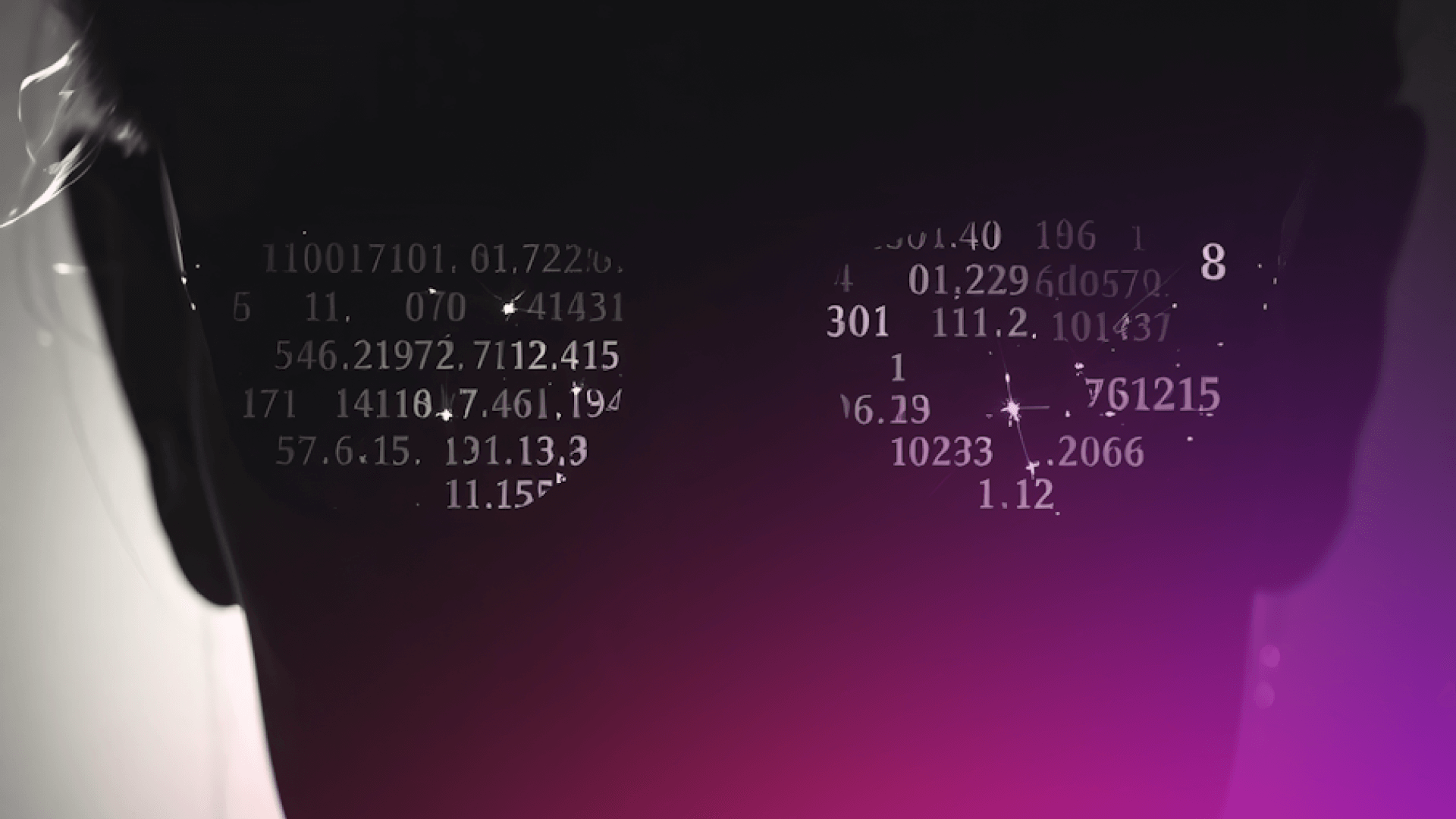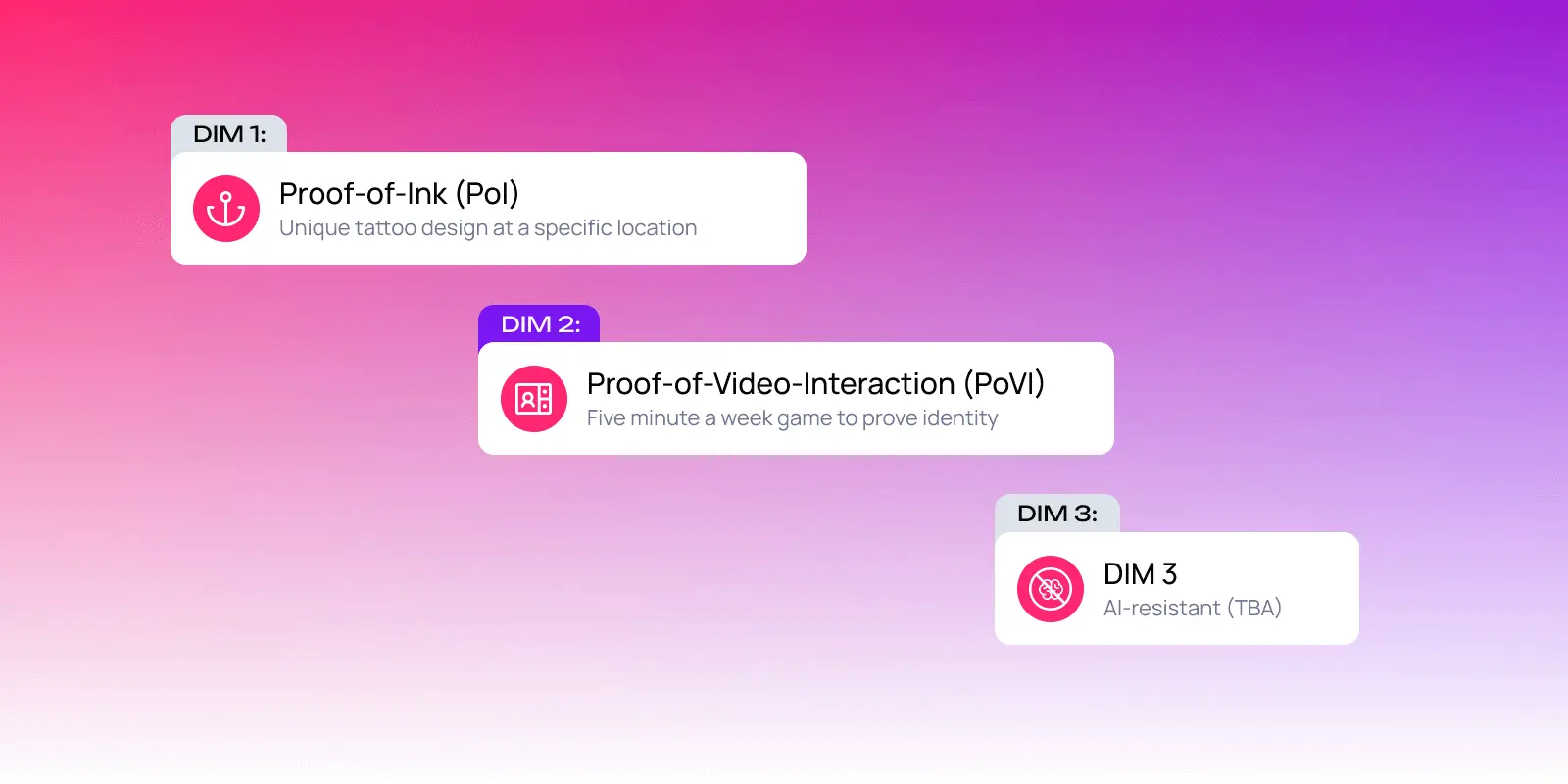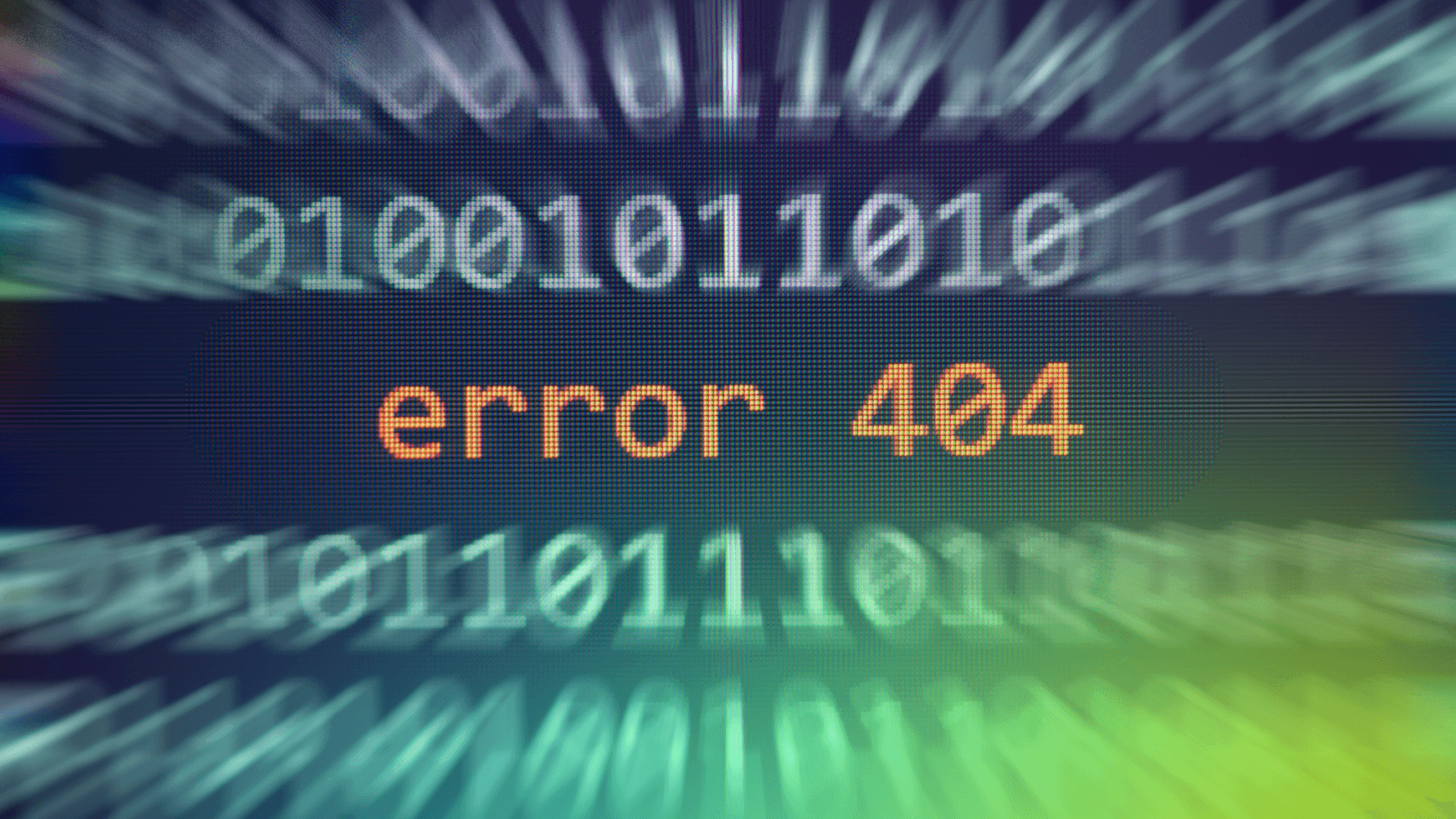Proof of Personhood: How Polkadot proves you're real without KYC
Proof of personhood lets you prove you're a unique human without giving up privacy. Polkadot's Project Individuality uses tattoos and video games to fight bots and enable fair airdrops for millions.

What you can expect
- What is Proof of Personhood?
- How Polkadot's Project Individuality works
- Decentralized Individuality Mechanisms (DIMs)
- The $3M mass onboarding campaign
- Why Proof of Personhood matters for Web3
- Challenges and criticisms
Every time you log in, solve a CAPTCHA, or verify your phone number, you're part of an arms race between humans and bots. As AI gets better at mimicking human behavior, the internet's methods for distinguishing people from scripts are breaking down. Web2's answer has been to demand more of your personal data: email addresses, phone numbers, government IDs, and biometric scans. But what if there was a way to prove you're a unique, real human being without giving up your privacy?
In crypto, this problem becomes existential. Airdrops get farmed by operations running thousands of wallets. Governance votes get manipulated by Sybil attacks. Free services can't exist because there's no way to tell 100 real users from one script running 100 instances. The result is that protocols either abandon fairness (letting farmers win) or abandon privacy (forcing KYC). This tension has kept crypto serving primarily existing users while mass adoption remains out of reach.
That's the promise of proof of personhood, and it's at the heart of a bold new proposal from Polkadot founder Dr. Gavin Wood. In November 2025, Wood submitted Referendum 1783, requesting $3 million to fund what he's calling "the fairest airdrop ever." The campaign aims to onboard millions of new users to Polkadot, not based on how many tokens they hold or transactions they've made, but simply by proving they're real, unique individuals.
This post explains what proof of personhood is, how Polkadot's approach works, and why it could reshape how we think about identity, privacy, and participation in Web3.
What is Proof of Personhood?
Proof of personhood refers to digital methods for verifying that an online account or action belongs to a unique, real human being, rather than a bot, script, or AI. Unlike traditional identity systems that track who you are across different contexts, proof of personhood simply establishes that you're a distinct individual without revealing personal information.
The Sybil Attack problem
The problem it solves is called a Sybil attack, where a single actor creates multiple fake identities to manipulate systems, claim rewards unfairly, or spam networks. Think of one person running 10,000 bot accounts to farm airdrops, stuff ballot boxes in online polls, or overwhelm servers with fake traffic.
Web2 platforms handle this by climbing a ladder of invasive verification methods:
- Email addresses
- Phone numbers
- Facebook accounts
- Credit cards
- Government-issued IDs
Each step up that ladder trades more privacy for more confidence that you're dealing with real people. As Wood explained in a Space Monkeys podcast interview, "Intentionally, it's by compromising privacy that Web2 solves the Sybil problem. That's not an acceptable solution for Web3."
Identity vs. individuality

The distinction between identity and individuality is crucial here:
- Identity systems like passports or social security numbers give you a unique identifier that follows you everywhere, making your actions trackable across contexts.
- Individuality systems simply count unique people without linking their actions across different services or applications.
For Web3 to deliver on its promises of free services, fair airdrops, and new governance models, it needs what Wood calls "economically strong anti-spam mechanisms" that don't require centralized identity providers or biometric databases.
How Polkadot's Project Individuality works
Polkadot's proof of personhood system is called Project Individuality, and it represents three years of design and development by Parity Technologies. The system runs as autonomous logic on the Polkadot People Chain, governed by Polkadot's decentralized governance rather than controlled by any single entity or company.
Contextual aliases and zero-knowledge privacy
At its core, Project Individuality uses advanced zero-knowledge cryptography to create what Wood calls "contextual aliases." Every time you interact with a different application, protocol, or service, you present a different, unlinkable identity.
The system can verify you're a unique person without:
- Knowing who you are
- Connecting your activities across contexts
- Requiring Web2 logins, phone numbers, or email addresses
- Demanding identity documents or bank account details
As Wood explains in the referendum proposal, "This allows us to credibly claim that users can stay anonymous as they use various different applications and services on Polkadot."
Imagine walking into different rooms at a party while wearing a mask. In each room, you get a new name tag, but it's generated from your unique personhood in a way that's mathematically impossible to link back to your other identities. The room managers can ban you from their specific room if you misbehave, but they can't track you to other rooms or share your information across contexts.
The system requires no Web2 logins, no phone numbers, no email addresses, no identity documents, and no bank account details. Everything happens through cryptographic proofs that establish you as a unique individual without revealing anything else about you.
Built for the entire Web3 ecosystem
Because Project Individuality operates on Polkadot, it benefits from the network's shared security model and low transaction costs. More importantly, it's designed as open infrastructure for the entire Web3 ecosystem, not just Polkadot. Through bridges like Snowbridge and Hyperbridge, the goal is to make proof of personhood available across blockchains as a public good.
Decentralized Individuality Mechanisms (DIMs)

Project Individuality doesn't rely on a single method to verify personhood. Instead, it uses multiple "Decentralized Individuality Mechanisms" or DIMs, which Wood describes as "personhood games" that make it costly or difficult for one person to appear as many.
DIM 1: Proof-of-Ink (PoI)
The first mechanism, Proof-of-Ink (PoI), involves getting a tattoo. But not just any tattoo.
How Proof-of-Ink works
- The blockchain generates billions of unique geometric designs
- When you request verification, you receive 100 design options unique only to you
- You choose one and get it tattooed at a specific location (inner left arm)
- You submit video evidence of the tattoo being done, plus photos of the design and placement
As Wood explained at the Web3 Summit 2024 in Berlin, "The tattoo that there is evidence of must be a specific tattoo, a unique tattoo that the blockchain determines... And the second thing is that the tattoo has to be done at a specific place on the body. Why? Well, because everyone only has that one place on their body."
Proof-of-Ink serves as a bootstrap mechanism. It helps seed the system with verified individuals who can then participate in validating others. Other proven individuals form an on-chain oracle that judges whether submitted evidence appears legitimate. This "mob rule" approach, as Wood calls it, allows the system to make judgments about evidence without relying on centralized validators.
DIM 2: Proof-of-Video-Interaction (PoVI)
The second mechanism takes a more accessible approach that requires no permanent physical commitment.
How Proof-of-Video-Interaction works:
- Spend five minutes per week playing a simple, silent game
- Join globally synchronized video calls with 15 other people
- According to the referendum proposal, "The game is great fun, engaging and very, very easy"
- Ongoing participation maintains your confidence score as a proven individual
PoVI requires continuous engagement, which means if someone stops playing, their personhood status gradually drops.
The AI challenge and economic reality
Wood acknowledges that both PoI and PoVI are vulnerable to AI disruption within the next two to five years as generative video technology improves. However, he points out that even with advanced AI, it might still be cheaper to pay a real person a dollar to complete a five-minute task than to deploy expensive AI systems. The system is designed with this economic calculus in mind.
A third mechanism is in development and will be "absolutely AI resistant," according to Wood, though details remain under wraps for now. The multi-mechanism approach provides redundancy and accessibility, letting people choose the verification method that works best for them.
The $3M mass onboarding campaign
Referendum 1783 requests $3,009,600 in USDT and USDC (to be converted to HOLLAR, a Polkadot ecosystem stablecoin) to fund what Wood calls a "massive Polkadot induction campaign."
The funding breaks down into three autonomous incentive mechanisms, all controlled by on-chain logic with no role for Parity or any other entity in disbursement decisions.
Three-part incentive structure
1. Bootstrap Rewards: Individuals who join early and commit to participation receive rewards based on timing:
- $200 for the earliest adopters
- $100 for mid-wave participants
- $50 for later entrants
This addresses the cold start problem of getting initial users into any proof of personhood system.
2. Governance Participation Rewards: Around $10 per week for Polkadot users who remain active and contribute to the governance system. Wood describes this in the recent livestream discussion as helping create "lasting presence of users" rather than a one-time snapshot approach.
3. Weekly Prize Draws: The majority of funds go here:
- Around 140 people per week win approximately $250
- Special monthly star prizes of $2,500
- System limits frequency so no individual has more than a one-tenth chance per weekly draw
Beyond the incentives
The strategy extends beyond simple incentives. As Wood outlined in the referendum, the campaign integrates with several broader Polkadot initiatives:
- Polkadot Mobile Application: Project Individuality will be "seamlessly integrated" for accessible onboarding.
- Polkadot Hub: The smart contract platform will use proof of personhood to enable zero-cost transfers and free services.
- Staking Protocol Integration: Wood's "New Deal" where individuals can help secure the network and receive fair economic benefits without the capital requirements of traditional staking.
Wood frames this not as a cost but as user acquisition with a clear performance metric: bringing new people into the ecosystem. As he wrote in the proposal, "Unlike basically all user-acquisition proposals thus far in OpenGov, not a single dollar goes to middlemen and the users deal only with Polkadot."
Why Proof of Personhood Matters for Web3
Strong proof of personhood unlocks several use cases that have been theoretically possible but practically impossible to implement fairly.
Fair airdrops
Today's airdrops typically reward users based on transaction history or token holdings, which means the same sophisticated crypto users with multiple wallets capture the majority of distributions.
With proof of personhood, projects can genuinely distribute tokens to unique individuals, regardless of their crypto experience or holdings. The result is more equitable distribution and genuine community building rather than feeding professional airdrop farmers.
Free services
When you can distinguish between 100 real users and one person with 100 bot accounts, you can offer services without worrying about being overwhelmed by spam or abuse.
Wood specifically mentions zero-cost transfers as an example: "Send $50 to a friend and they receive that $50, not $49.98." For applications built on Polkadot Hub, this could mean genuinely free-to-use dApps without hidden fees or gas costs eating into every transaction.
New governance models
Governance experiments become possible beyond traditional token-weighted voting. Polkadot could implement:
- Quadratic voting
- One-person-one-vote systems for specific treasuries
- "FutaGov," a play on futarchy where voting power adjusts based on track record
In the Space Monkeys interview, Wood suggested starting small: "We keep the main treasury just as it is, but we actually set up a sort of sub-treasury with, let's say, 500k DOT in it... and say it works just like the regular treasury. You can put proposals for spending in there, but it's one person, one vote."
Gaming and social applications
Massively multiplayer games want to onboard users with free in-game items, but can't distinguish between genuine new players and one person creating thousands of accounts. Social platforms can build reputation systems that matter because they're tied to real individuals rather than disposable accounts.
Building an agentic society
The broader vision is what Wood calls an "Agentic Society," a trustworthy digital ecosystem where interactions are between distinct people rather than automated entities. It's about creating the infrastructure for a more human internet.
Challenges and Criticisms
The proposal has sparked vigorous debate in the Polkadot DAO, with community members raising important concerns about execution and security.
Lack of concrete metrics
Several commenters note the lack of concrete metrics and product visibility. As one user wrote, "The proposal requests approximately $3,009,600 in Treasury funds to conduct a 'mass activation campaign,' but it does not specify any measurable performance indicators such as number of verified users, duration of engagement, or long-term retention."
The Polkadot mobile app, which is supposed to integrate Project Individuality, hasn't been publicly released, leading to questions about the timeline and readiness.
AI disruption timeline
The AI disruption timeline is a real concern. Wood himself acknowledges that Proof-of-Ink and Proof-of-Video-Interaction are vulnerable to increasingly sophisticated generative AI within two to five years. While he argues the economic calculus still favors real humans over AI systems in the near term, that window is closing. The third mechanism remains undisclosed, and there's uncertainty about whether it will arrive in time.
Economic attack vectors
Economic attack vectors remain. As one DAO commenter pointed out, "Set a booth at the door of a school, pay $10 per student, ask them to do the proof. You win the bounty, while the students get $10 for their cheap time."
Click farms and paid participants could potentially game the system, especially in regions where $10 or even $250 represents significant compensation.
The HOLLAR question
The conversion to HOLLAR raised eyebrows. Some community members questioned why treasury funds need to go through a token swap into an ecosystem stablecoin, seeing it as unnecessary complexity or potentially as indirect promotion for a specific project. The proposal explains this is for ecosystem circulation, but skepticism remains.
Accessibility vs. security
Balancing accessibility with security is an inherent tension.
- Proof-of-Ink requires a permanent physical commitment that many people won't make.
- Proof-of-Video-Interaction requires ongoing participation and video calls, which may feel invasive or be technically challenging in regions with poor internet connectivity.
Making the system accessible enough for mass adoption while maintaining strong Sybil resistance is a difficult design challenge.
Conclusion
Proof of personhood represents a different approach to the identity problem than what we've seen in traditional KYC systems. Where decentralized identity focuses on user-controlled credentials and verifiable claims about specific attributes, proof of personhood simply establishes uniqueness without identification.
Polkadot's low transaction costs, shared security model, and interoperability vision make it uniquely positioned to experiment with this technology at scale. Referendum 1783 is currently being debated by governance, with the community weighing mass user onboarding potential against execution risks and undefined metrics.
Project Individuality aims to launch in Q4 2025, with additional mechanisms rolling out in 2026. Whether this proposal passes or not, it represents a serious attempt to solve one of Web3's fundamental challenges: onboarding millions of real people without compromising their privacy.
The future of online interaction may not require you to prove who you are, only that you're a unique human being participating in a trustworthy digital ecosystem.
Stay tuned for more updates on Project Individuality, Referendum 1783, and the evolution of proof of personhood on Web3.












